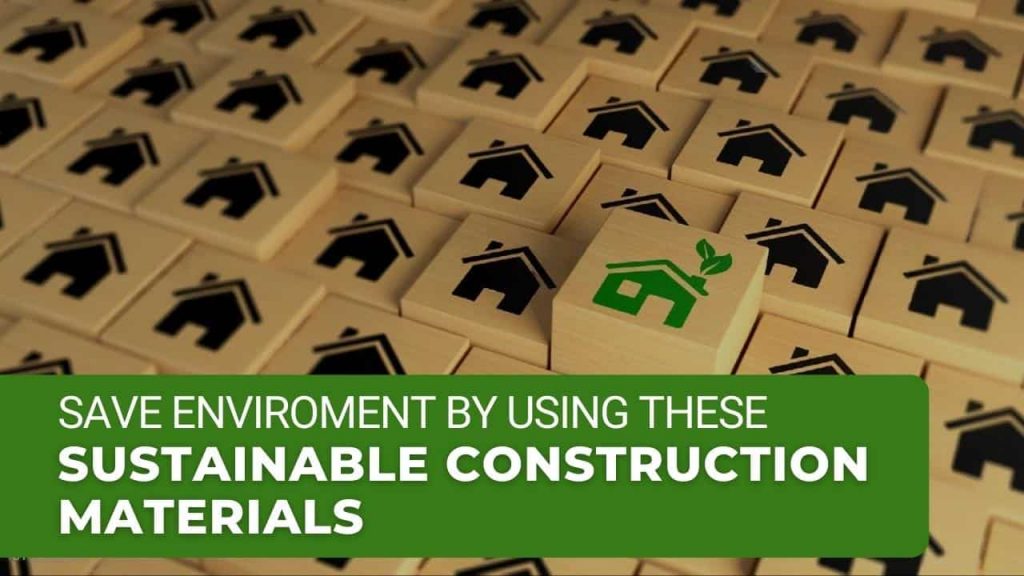
Sustainable Construction Materials & Their Need
Sustainable construction materials are those materials that can be produced in the required volumes without damaging the non-renewable resources and without disturbing the natural resource systems.
The increasing use of natural raw materials has damaged the natural ecosystem and increased the effect of global warming. Sustainable construction materials are durable and 100% recyclable. Using these sustainable construction materials will conserve our non-renewable natural resources and save us from the harmful effects of global warming and climate change. Using sustainable construction materials can also help the contractors increase their profits and save customers money.
Mostly Used Sustainable Construction Materials
Natural Clay
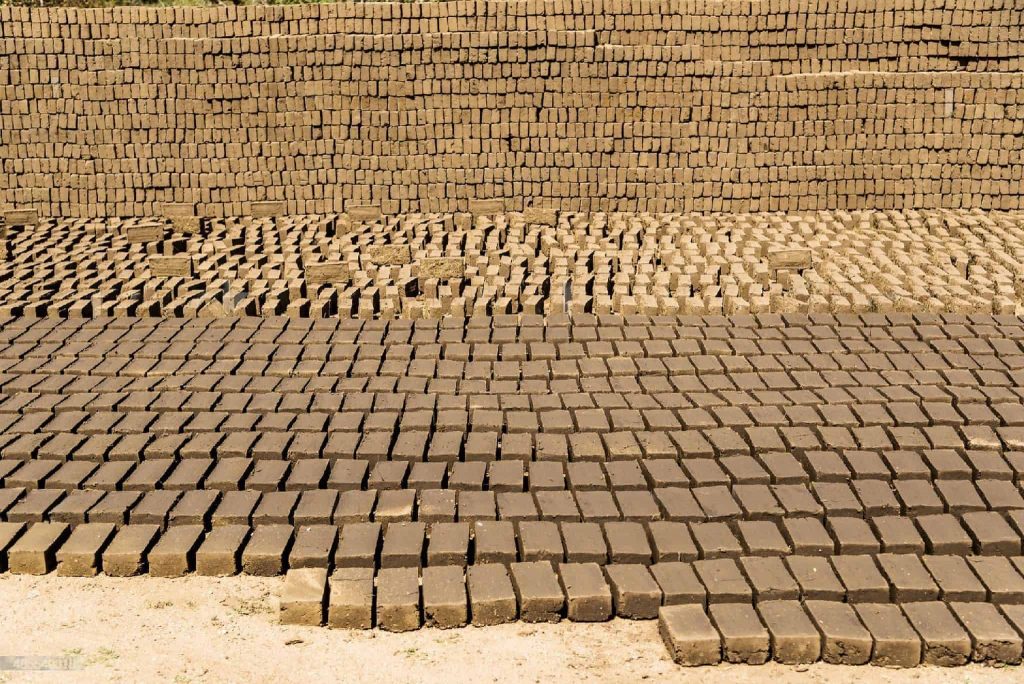
Clay bricks are known for their utility and high sustainability. Sourcing of clay is the least devastating to the environment, and it can even be recycled in the process, making clay bricks the most environmentally friendly construction material. Clay bricks are also ideal for a tropical climate like India. Clay brick is the greenest of all the available alternative solutions.
Bamboo
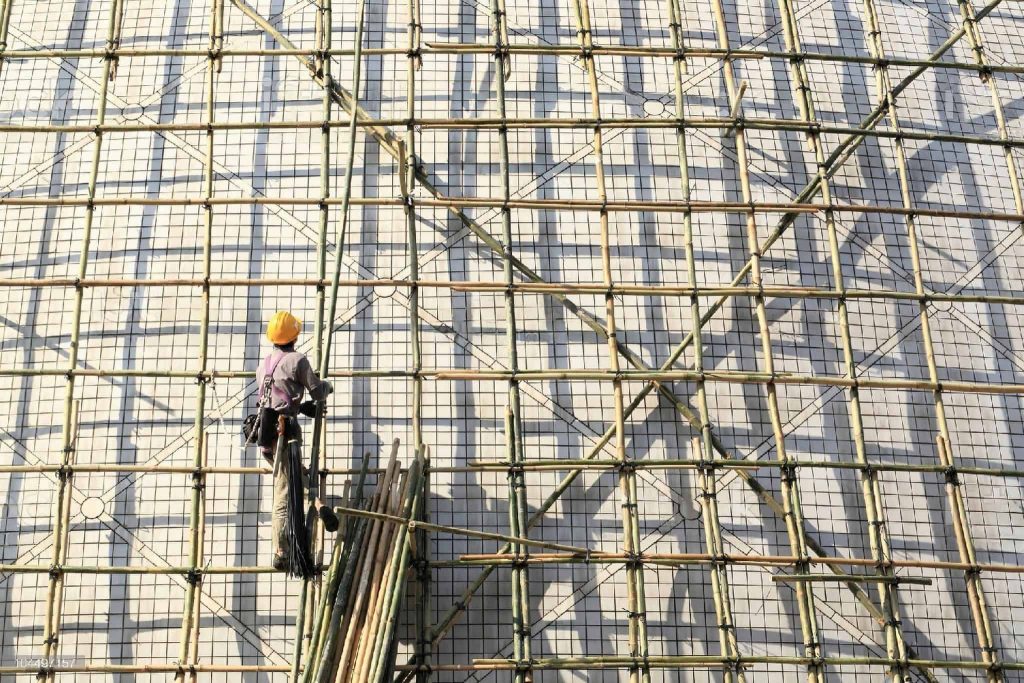
Bamboo is a perennial plant that is known for its strength and hardness. Bamboo has a higher compressive strength than its alternatives, such as wood, brick, or concrete. Another advantage of bamboo is its tensile strength that rivals steel, making it an ideal sustainable construction material.
Recycled Plastic
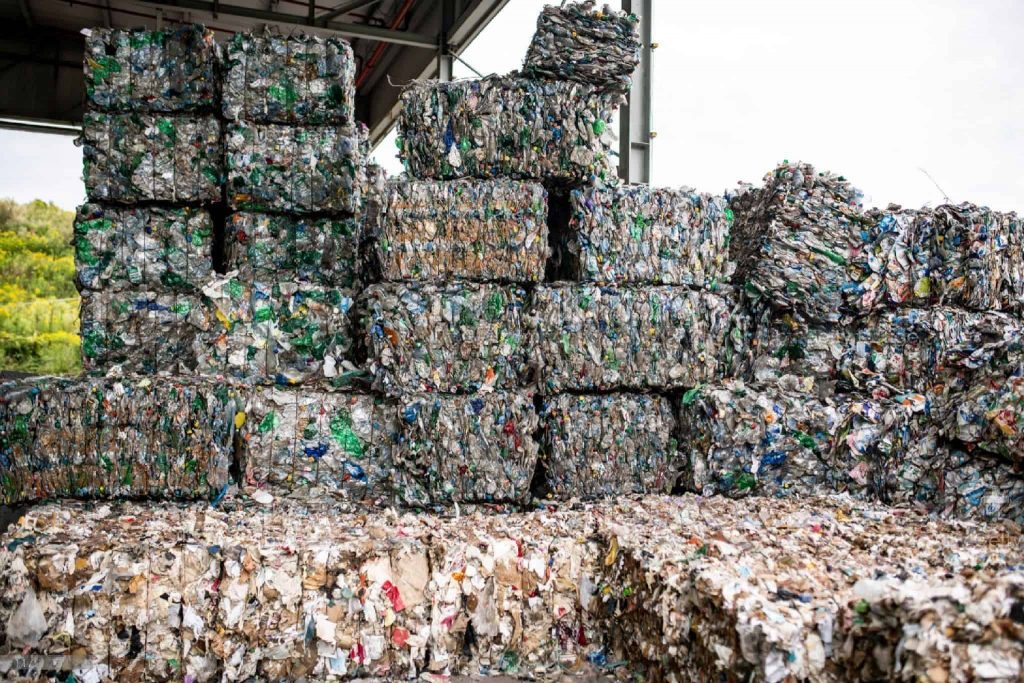
Contractors and builders use recycled plastic and other ground-up trash to produce concrete rather than sourcing, mining, and milling new components such as concrete and other construction materials.
Using recycled plastic gives plastic waste new and sustainable use, rather than clogging landfills and polluting plastic pollution beside this recycled plastic also reduces greenhouse gas emissions.
Cork

Cork is naturally resistant to moisture or any liquid. Due to its structure, cork, when used as a construction material, can absorb vibration, which adds more stability to any structure. Cork harvesting can also help us in the fight against global warming.
Cork has numerous advantages, such as it is resilient, flexible, and reverts to its original shape even after sustaining pressure. Its resistance to wear makes it a common element in floor tiles. Another advantage of cork is that, just like bamboo, cork can be grown at a vast scale quickly.
Straw Bales
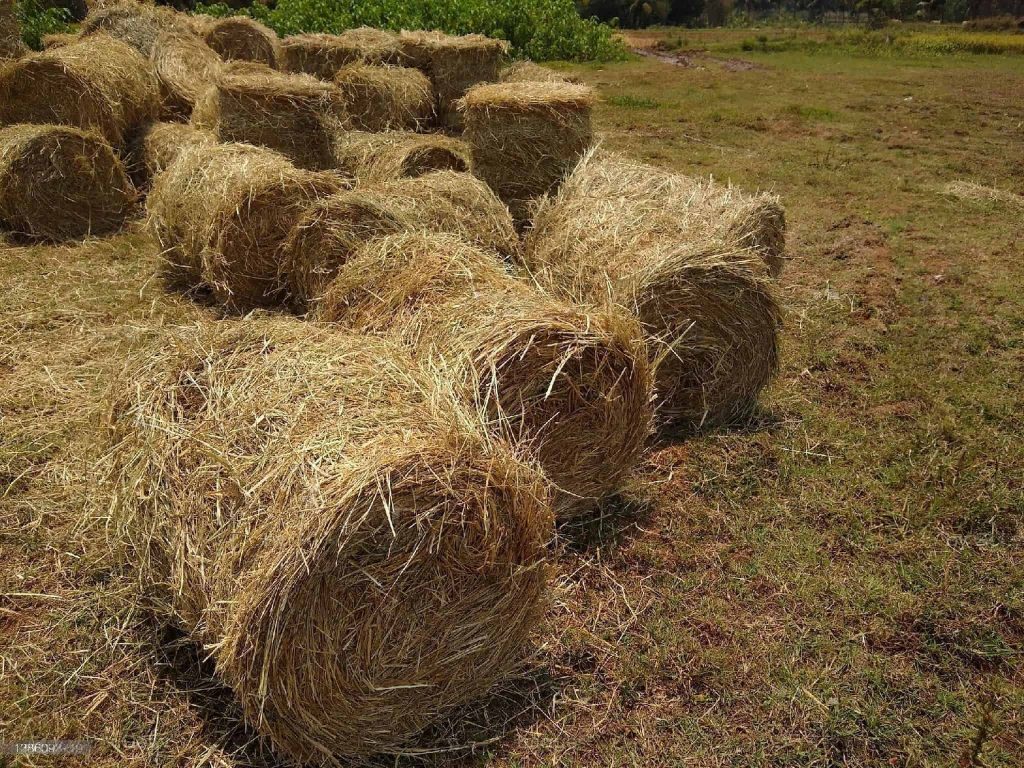
Straw bales can be harvested and manufactured with minimal environmental impact. Straw bales are usually placed in walls, attics, and ceilings to stabilize the temperature. Like wool, Straw bales also have high insulating properties.
Conclusion
We have used earth bricks, concrete, and wood in construction processes for a long time. They have been used in everyday construction for a very long time, resulting in the continued destruction of trees for timber and the mining of resources to produce cement for binding sand, gravel, and bricks.
For a sustainable and safe environment, new sustainable and green building material alternatives should be used in the construction industry.
Try Onsite, #1 Tool For Site Tracking








